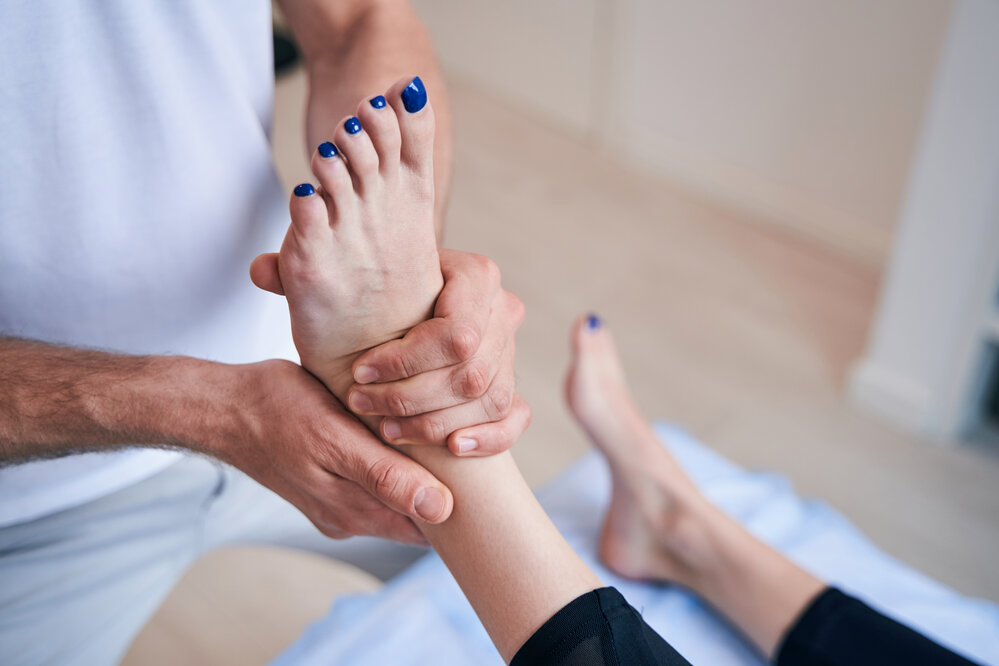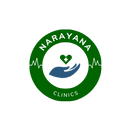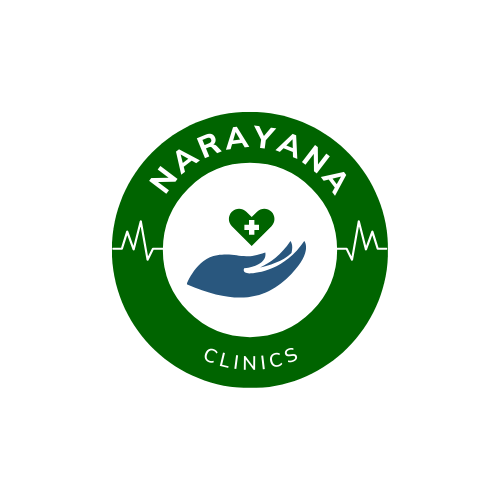Acupressure
Acupressure is a traditional Chinese healing technique that involves applying pressure to specific points on the body to balance the flow of energy, or "Qi" (pronounced "chee"), and promote natural healing. It is closely related to acupuncture but does not involve needles. The goal is to stimulate the body's own healing processes, relieve pain, and restore balance by pressing key points, known as acupoints, which lie along energy channels called meridians.

Detailed Procedure of Acupressure
Here’s a step-by-step guide to the detailed procedure of acupressure:
1. Preparation for Acupressure Treatment
Before beginning acupressure, it’s important to ensure the individual is comfortable and relaxed.
a) Create a Relaxing Environment:
- Choose a quiet space free from distractions. You can use soft lighting, calming music, and essential oils like lavender for relaxation.
- Ensure the room is warm and comfortable, as cold environments can make muscles tense.
b) Positioning:
- The person receiving acupressure can sit comfortably in a chair or lie down on a bed or massage table.
- Make sure the body is fully supported, and the muscles are relaxed.
c) Self-Preparation:
- If you are performing acupressure on someone else, warm your hands by rubbing them together to create a soothing touch.
- Ensure your fingernails are trimmed, and your hands are clean.
2. Locating Acupressure Points
Acupressure involves identifying and applying pressure to specific points on the body. The acupressure points are located along the 12 main meridians, which correspond to different organs and body functions. Each point has a specific function and effect.
a) Familiarizing Yourself with Common Acupressure Points:
Here are some commonly used acupoints and their benefits:
LI4 (He Gu) – Large Intestine 4:
- Location: On the back of the hand, in the webbing between the thumb and index finger.
- Benefits: Relieves headaches, stress, and tension, and promotes circulation.
ST36 (Zu San Li) – Stomach 36:
- Location: Below the knee, about four finger-widths down from the lower edge of the kneecap, just outside the shinbone.
- Benefits: Strengthens digestion, boosts energy, and improves immunity.
LV3 (Tai Chong) – Liver 3:
- Location: On the top of the foot, in the webbing between the big toe and second toe.
- Benefits: Relieves stress, anxiety, and anger, and supports liver function.
PC6 (Nei Guan) – Pericardium 6:
- Location: On the inner forearm, about three finger-widths below the wrist crease, between the two tendons.
- Benefits: Alleviates nausea, motion sickness, and anxiety, and supports heart health.
GV20 (Bai Hui) – Governing Vessel 20:
- Location: On the top of the head, along the midline, directly in line with the tops of the ears.
- Benefits: Promotes mental clarity, relieves headaches, and reduces stress.
b) Using Acupressure Charts:
- To locate points accurately, use an acupressure chart that maps out the body’s meridians and acupoints. These charts can help you understand the exact locations of points that correspond to different ailments or symptoms.
3. Acupressure Technique: Applying Pressure
Once the acupoints have been located, it’s time to apply the correct pressure technique.
a) Choosing the Right Pressure:
- Use your thumb, fingers, knuckles, or the side of the hand to apply pressure to the acupoint.
- Apply firm but gentle pressure. You should feel tension but not pain. If you are treating someone else, communicate to ensure they are comfortable.
- The pressure should be direct and steady, not jerky or abrupt.
b) Duration of Pressure:
- Hold the pressure for 30 seconds to 2 minutes at each point.
- Gentle circular motion can also be used while pressing. For example, after applying firm pressure, gently rotate your finger in a small circle on the point for 1-2 minutes.
c) Breathing:
- While applying pressure, encourage slow, deep breathing to enhance relaxation.
- Inhale deeply through the nose and exhale slowly through the mouth, which helps to increase the flow of energy and reduce tension.
d) Release the Pressure Gradually:
- After holding the point for the required time, slowly release the pressure. Avoid abrupt removal, as it can disturb the energy flow.
e) Repeat if Necessary:
- Acupressure can be repeated on the same points 2-3 times, depending on the severity of the condition. Allow a few seconds of rest between repetitions.
4. Full-Body Acupressure Routine (Optional)
For general well-being or full-body healing, a sequence targeting multiple acupoints across the body can be performed:
a) Head and Neck Acupressure:
- Start with points around the scalp, forehead, and temples to relieve stress, headaches, and tension.
- Gently massage the base of the skull and back of the neck to relax tight muscles.
b) Upper Body Acupressure:
- Focus on points around the shoulders, arms, and wrists. Acupressure on LI4 (He Gu) in the hands helps reduce stress, tension, and pain in the upper body.
c) Abdomen and Lower Body Acupressure:
- Apply pressure to points along the lower back and stomach to improve digestion, reduce bloating, and promote detoxification.
- Stimulate the ST36 (Zu San Li) and LV3 (Tai Chong) points on the legs to boost energy, improve digestion, and reduce anxiety.
d) Feet and Hands:
- Points on the feet, such as KD1 (Yongquan), located on the sole of the foot, can calm the mind and ground the body.
- Pressing points on the hands helps improve circulation and reduce stress.
5. Self-Acupressure Techniques
If you’re performing acupressure on yourself, here are some guidelines:
a) Use Relaxing Positions:
- Sit or lie down comfortably where you can easily access the acupoints. Ensure that your body is relaxed to get the full benefit.
b) Press With Both Hands or Fingers:
- Use your thumb or index finger to apply pressure. For points on the feet or legs, you may need to use both hands.
c) Focus on Breathing:
- Concentrate on your breath as you apply pressure to enhance relaxation. Deep breathing helps in moving the energy or Qi more effectively.
d) Use Tools (Optional):
- You can use acupressure tools like acupressure rollers or massage sticks to apply pressure to hard-to-reach areas, especially on the back and legs.
6. Specific Acupressure Treatment for Common Ailments
Here are some specific points and techniques for common ailments:
a) For Headaches:
- Press LI4 (He Gu) on the hand for 1-2 minutes.
- Stimulate GV20 (Bai Hui) on the top of the head for 1-2 minutes.
b) For Nausea and Motion Sickness:
- Apply pressure on PC6 (Nei Guan) on the wrist, about three finger-widths below the base of the palm, for 1-2 minutes.
c) For Stress and Anxiety:
- Press LV3 (Tai Chong) on the top of the foot between the first and second toes.
- Stimulate HT7 (Shen Men) on the inside of the wrist to calm the mind.
d) For Lower Back Pain:
- Apply pressure to the B23 (Shenshu) point, located about two fingers’ width on either side of the spine, at the level of the waist.
7. Aftercare and Relaxation
a) Rest After Treatment:
- After acupressure, allow the person to relax for 10-15 minutes. This helps the body integrate the healing effects.
b) Hydration:
- Encourage drinking plenty of water after a session to help flush out toxins that may have been released during acupressure.
c) Mindful Awareness:
- Pay attention to how the body feels after treatment. Notice areas where there is pain relief, relaxation, or increased energy.
8. Frequency of Acupressure
- For Chronic Conditions: Daily sessions may be necessary for 1-2 weeks to see improvement.
- For Acute Conditions: Acupressure can be applied several times a day for short-term relief (e.g., for headaches or nausea).
- For General Wellness: 1-2 sessions per week are typically sufficient.
Key Benefits of Acupressure
- Pain Relief: Helps with headaches, back pain, neck pain, and arthritis.
- Stress Reduction: Relieves tension and promotes relaxation.
- Improved Circulation: Enhances blood and energy flow

